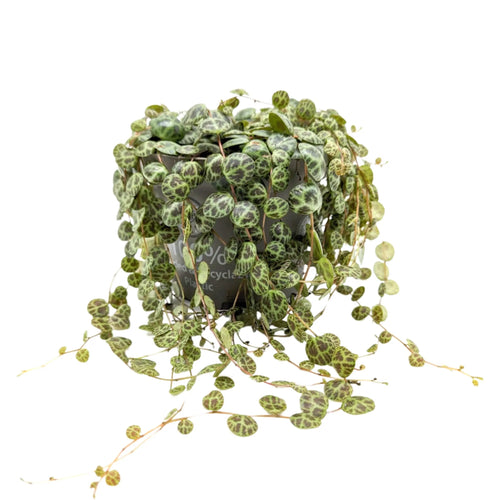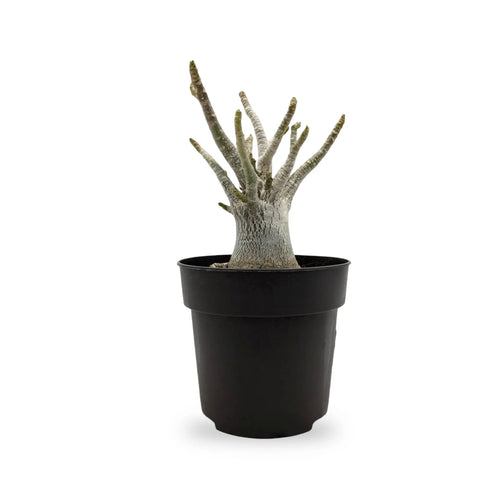The spider plant is one of the most popular houseplants in the UK and globally. With its unique appearance and easy care requirements, it's a great option for both novice and experienced gardeners.
History of the Spider Plant
The spider plant originated in tropical and sub-tropical Africa. It gets its name from the baby plantlets that form on long shoots, resembling spiders on a web. The spider plant was brought to Europe in the 1700s and gained popularity as a houseplant in Victorian times. It arrived in the Americas in the 19th century as well.
Today, there are over 75 varieties of spider plants with different leaf patterns and colors. While the classic green and white variety remains most common, there are also varieties with yellow, red or purple hues.
How to Care for Spider Plants
Caring for spider plants is very straightforward. They thrive in average room temperatures and moderate light. Provide bright, indirect light by placing near a window. Water thoroughly when the top inch of soil is dry. Take care not to overwater, as spider plants dislike soggy soil.
To encourage plantlet formation, allow the soil to slightly dry out between waterings. Fertilize monthly in spring and summer with a balanced liquid fertilizer diluted to half strength. Repot in a slightly larger container if the roots become crowded.
How Spider Plants Grow
Spider plants grow from a central rosette, sending out long narrow leaves up to 3 feet long. The leaves have a white stripe running through the center. Mature plants produce offshoots called plantlets on arched stems.
The plantlets can be removed and potted up to propagate new spider plants. This allows the plant to spread quickly and is part of its popularity. Spider plants flower outdoors in summer, producing tiny white flowers on long stems. However, indoor plants rarely bloom.
Why Spider Plants are Popular in the UK
There are several reasons spider plants are prized houseplants in the UK. They tolerate a wide range of lighting conditions from artificial light to bright indirect sun. Their shallow root systems adapt well to pot culture. Spider plants also filter toxins like formaldehyde from the air, improving indoor air quality.
Common Pests
Spider plants have relatively few pest problems. Mealybugs and aphids may sometimes infest the leaves and stems. Check for small white deposits or green/black insects. Treat with horticultural oil or insecticidal soap spray. Ensure the plant does not stay excessively wet, as this attracts pests.
Diseases
Overwatering leading to root rot is the most common issue. Prevent this by allowing soil to partly dry out between waterings. Leaf tips turning brown is usually a sign of inconsistent watering. Avoid misting leaves, as wet foliage encourages fungal leaf spot diseases. Remove any diseased leaves promptly.
Summary
The Spider Plant's journey from the plains of Southern Africa to becoming a beloved household staple globally is a testament to its easy care requirements and captivating appearance. Its historical roots, paired with its ability to thrive in various indoor conditions, have earned it a special place in the hearts of plant enthusiasts. By following simple care guidelines, anyone can enjoy the beauty and air-purifying benefits that the Spider Plant brings. Whether gracing a windowsill, hanging in a macramé planter, or adorning a tabletop, the Spider Plant is a symbol of nature's resilience and its ability to thrive wherever it finds a home.








